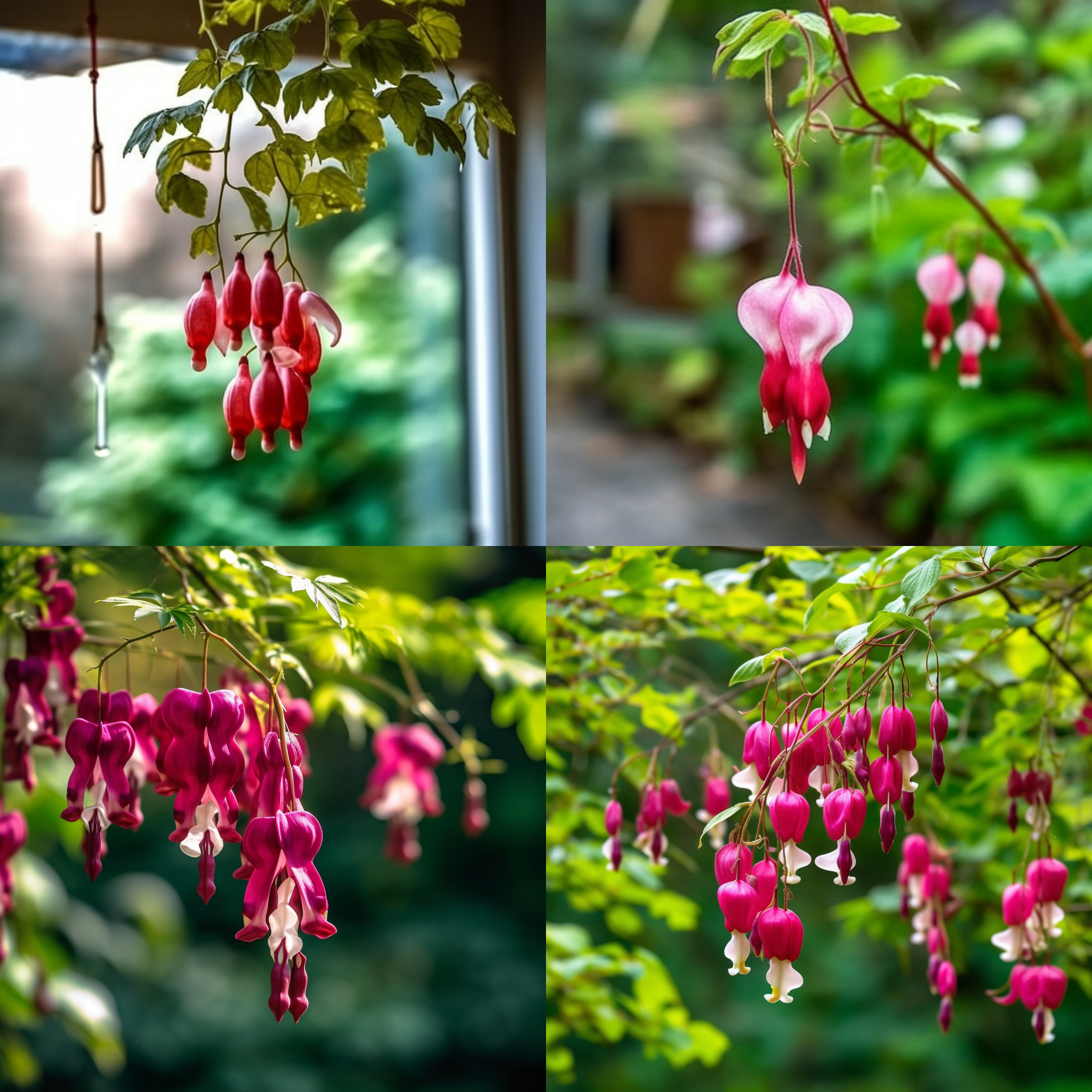Story of Day :
Contents
The Bleeding Heart Plant: A Complete Guide and Care Tips
If you’re a garden enthusiast, you’ve probably heard of the bleeding heart plant. This beautiful flowering plant with its unique shape and vibrant colors is a favorite among many gardeners. However, if you’re new to gardening or simply looking for more information about this stunning plant, then look no further! In this article, we’ll take a comprehensive look at the bleeding heart plant – from its history and origin to how to care for it.
History and Origin of the Bleeding Heart Plant
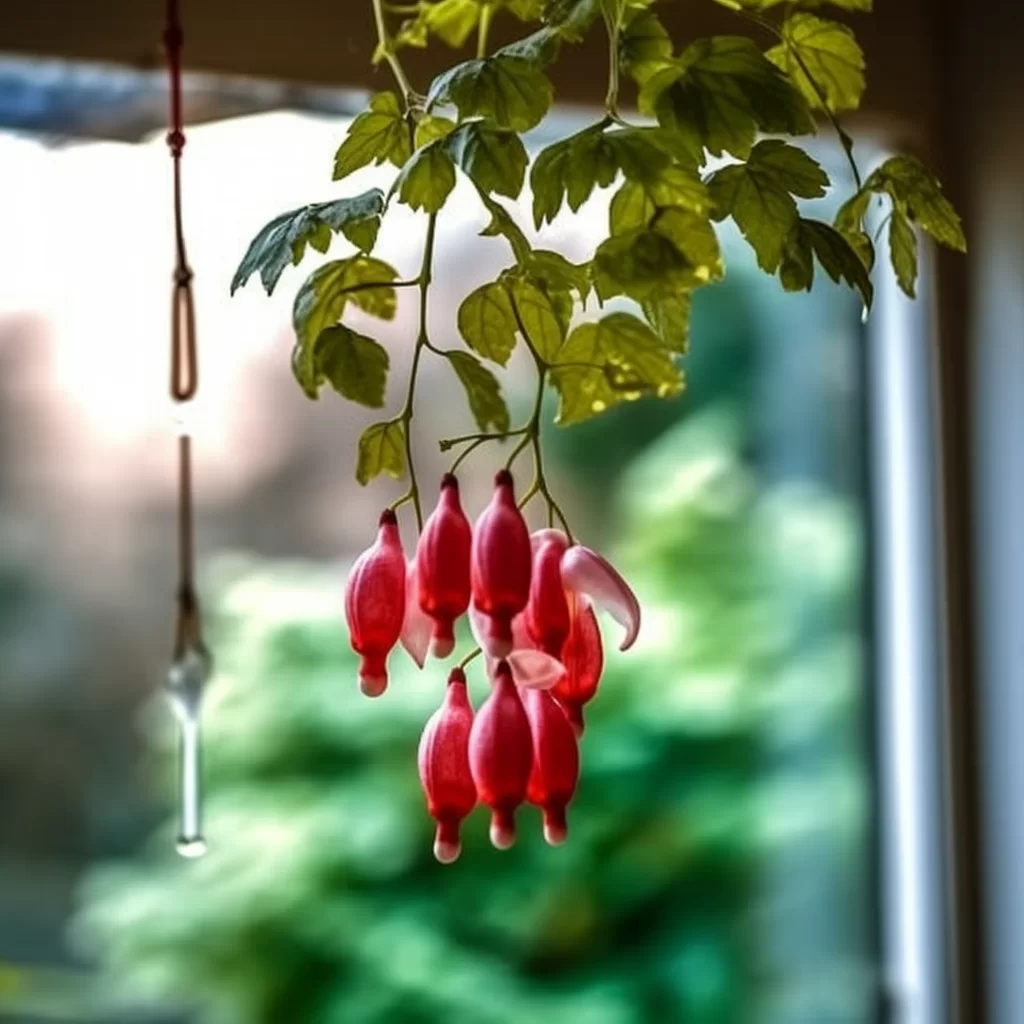
The bleeding heart plant, also known as Dicentra spectabilis or Lamprocapnos spectabilis, is native to Japan and China. It was introduced to Europe in the 1840s by British botanist Robert Fortune. Since then, it has become a popular ornamental plant in gardens around the world.
Appearance of the Bleeding Heart Plant
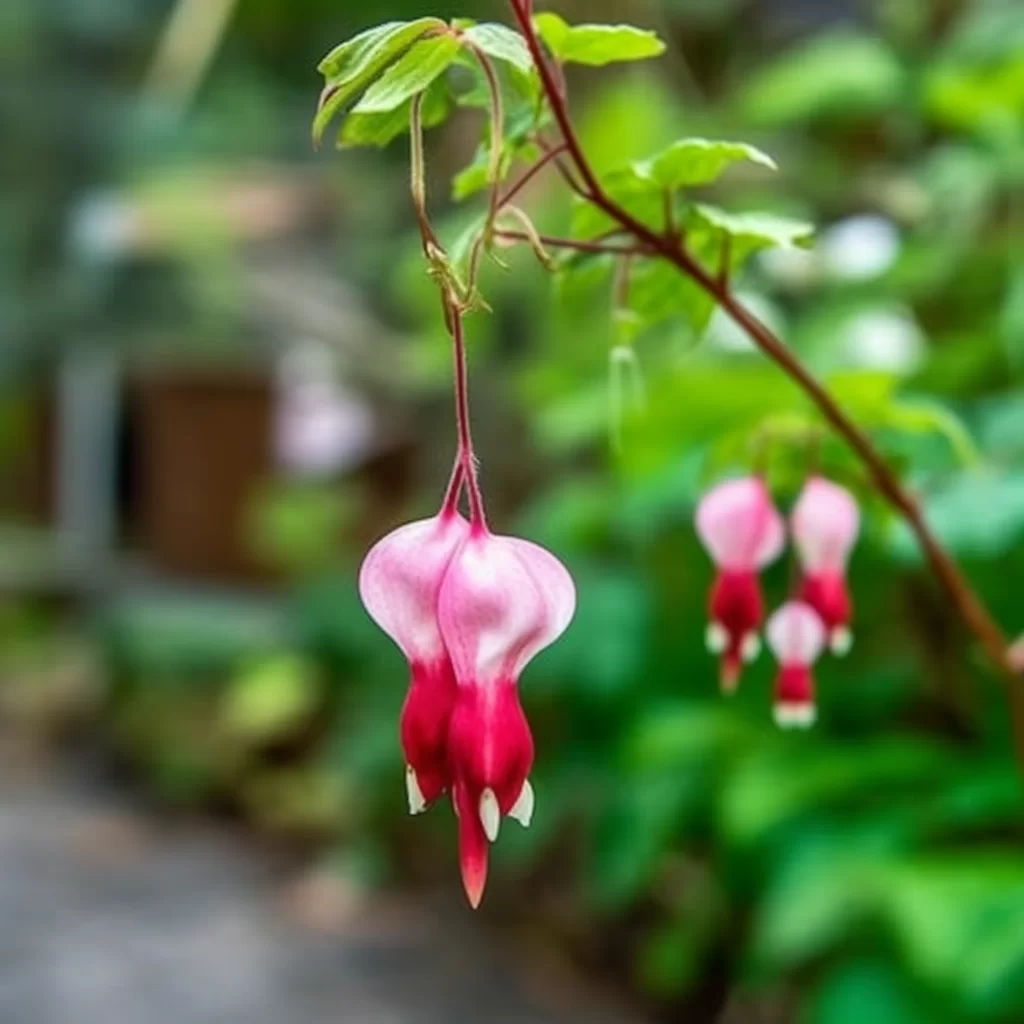
The most distinctive feature of the bleeding heart plant is its shape – which looks like little hearts hanging from arching stems. The flowers can be pink or white with small red tips that give them their “bleeding” appearance.
- The flowers bloom in early spring (March-April), often appearing before leaves emerge on deciduous trees.
- This perennial grows up to 3 feet tall and wide with delicate fern-like foliage that adds texture even when not blooming.
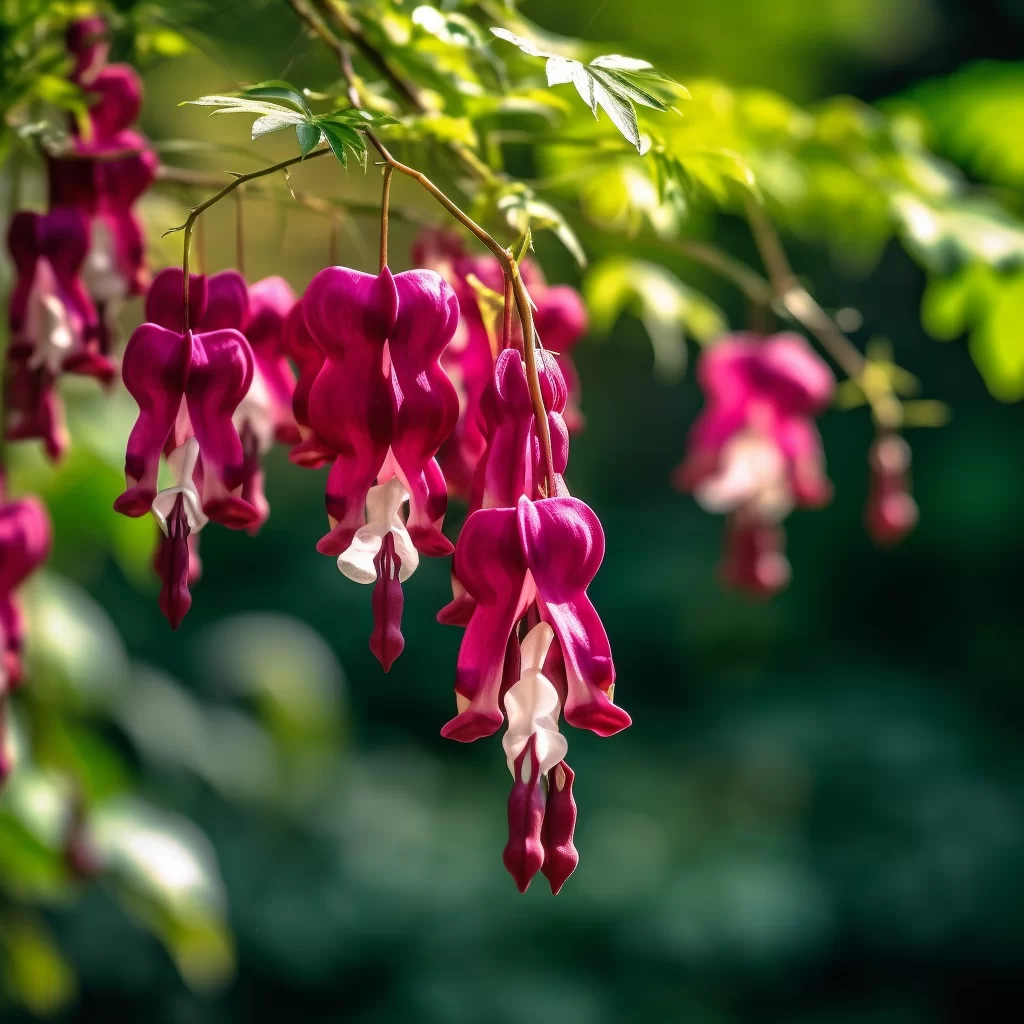
Caring for Your Bleeding Heart Plant
To keep your bleeding heart healthy and blooming year after year requires proper care. Here are some tips:
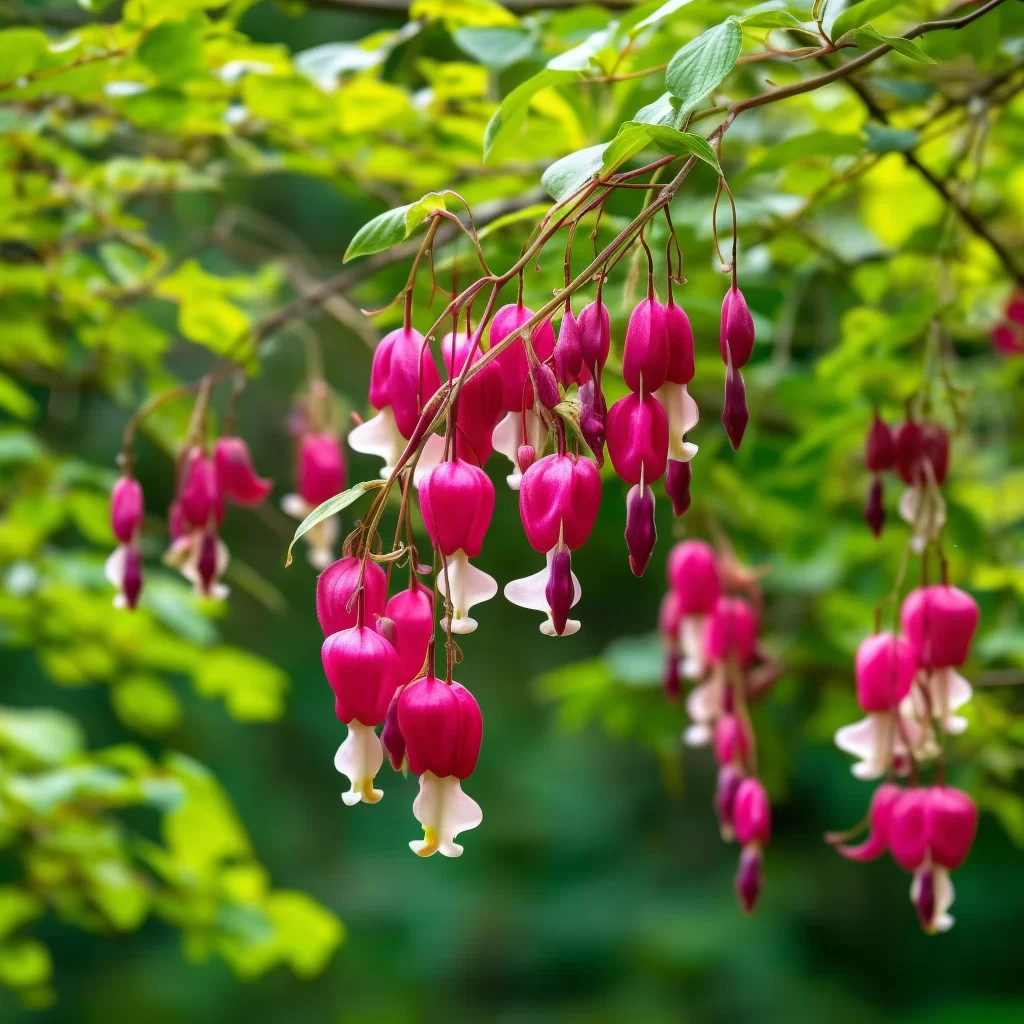
Choosing an Ideal Location
- Bleeding hearts prefer partial shade conditions; however they tolerate full sun only in cooler climates.
- The soil should be moist and well-drained, rich in organic matter, and slightly acidic pH level of about 6.0-7.0.
Watering
Bleeding hearts need consistent moisture to thrive without becoming waterlogged. Water your plants regularly during the growing season (spring through fall) and adjust watering frequency if necessary depending on weather conditions and soil type.
Fertilizing
Bleeding hearts benefit from regular feeding with a balanced fertilizer that is high in phosphorus, which helps to promote bloom growth. Apply the fertilizer once a month from early spring until late summer but avoid fertilizing after August because it can encourage new growth late into the year that may not survive winter temperatures.
Pruning
To maintain your plant’s shape and prevent it from spreading too much, prune it back to ground level after blooming has finished for the year or when foliage turns yellow later in fall season. Dispose of infected or diseased plant parts immediately before they spread disease to other plants around them. Wearing gloves when pruning will protect your hands as bleeding heart sap can cause skin irritation for some people.
Closing Thoughts
The bleeding heart plant is undeniably one of the most beautiful flowering plants you can have in your garden – but with its unique shape and vibrant colors come specific care requirements as well! In this article, we covered everything you need to know about caring for this stunning perennial – from its history and origin to tips on how best care for it throughout each growing season. By following these simple guidelines, you’ll be sure to enjoy years of beautiful blooms from your bleeding heart plant!
